Tea and Tetley. A (tea) potted history.
The story of tea is as old as nature itself. But we like to think it took its most exciting turn in 1837 when the Tetley brothers went into business in Yorkshire, England. Click on the images above for a brief history of tea, Tetley and the tea bag.

The Chinese Emperor Shen Nung is sitting under a large tea plant (Camellia sinensis) while his servant boils drinking water. Some leaves from the tree blow into the water, an accidental infusion takes place, and the cup of tea is born. Well, that’s the legend, anyway!

By now, tea is the national drink of China. It's manufactured in a brick form: the tea leaves are pounded and pressed into a brick-shaped mold and then dried.

In the 1600s, the British East India Company had a monopoly on importing goods from outside Europe. Tea’s popularity was spread by sailors bringing home tea as gifts.

Unknown in Britain, Chinese tea is brought over by sailors and first served up in London’s coffee houses.

Britain is now obsessed with tea, but taxes put it out of reach. 5 million lbs of tea is sold legally – but 7 million lbs is smuggled.
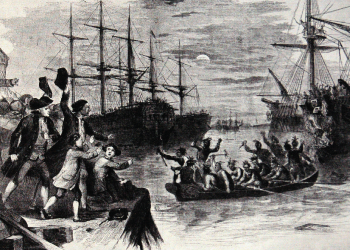
The Boston Tea Party: when British ships arrive in Boston, a band of men board the ships, split open its cargo of 342 chests and throw the lot into the sea. It was a protest over the British taxes.

The famous clipper races begin in China and go down the China Sea, across the Indian Ocean, around the Cape of Good Hope, up the Atlantic, past the Azores, and into the English Channel. The clippers are then towed up the River Thames by tugs, and the first ship to throw its cargo onto the docks is the winner.
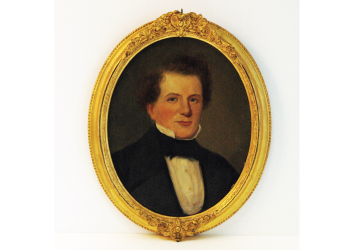
Joseph and Edward Tetley start to sell salt in Yorkshire, England. In time, they add tea to their repertoire. Good move.
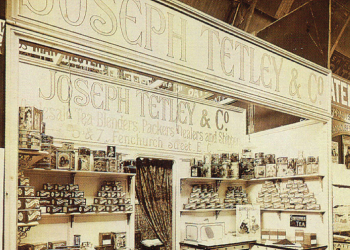
The Tetley brothers move to Cullum Street, London, just yards from the tea auction rooms. They eventually part ways, and Joseph unveils the newly named “Joseph Tetley & Co., Wholesale Tea Dealers”.

At the St. Louis World’s Fair of 1904, a heat wave leads tea planter Richard Blechynden to add ice to his tea. It causes a sensation, and iced tea is born.

A happy accident. New York tea merchant, Thomas Sullivan, sent samples of tea to customers in small silken bags, which people wrongly assumed were supposed to be placed into tea pots, rather than emptying out the contents. Consequently, the much-loved tea bag was born!
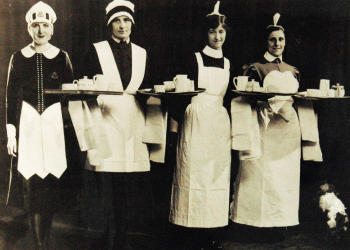
The first Lyons Corner House opens in London, with waitresses known as ’Nippies’ because of their speedy service. More than 60 years later, Lyons would buy Tetley.
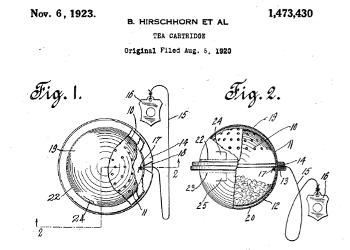
In August 1920, Benjamin Hirschhorn and his brother Louis file a patent application in the USA for a ‘tea cartridge’. It is made from a textile fabric gathered at the top by string, with a tag at the end to act as a handle.

Tetley’s British representative, TI Tetley- Jones, goes to America and brings back the idea of the tea bag.

In 1940, the first Tetley tea bag machines, known as the “Grey Ladies”, stitch 40 tea bags a minute for export.
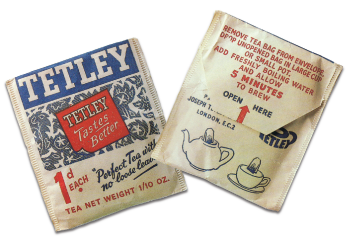
Tetley introduce the tea bag to Britain for the first time.

By now, Tetley tea bag sales have soared to 5,000 tons a year.
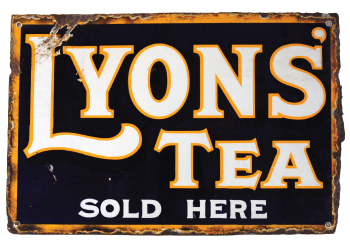
J. Lyons of Corner House fame acquires Tetley. Lyons Tetley is formed.

An Elvis-inspired Gaffer celebrates the launch of the Round Bag. By 2004, the Tetley range of teas has grown to offer fruit and herbal infusions, green teas, and specialty blends… and we’re still updating and innovating today.

Tetley’s techies are the first to create the dripless drawstring tea bag. Launched first in Australia in 1994, it is now a favourite in Britain, the US, France, Russia and Poland.
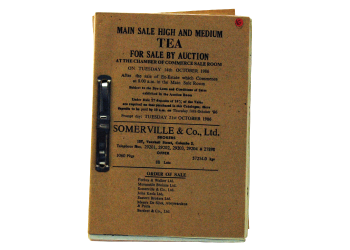
The 300 year old London Tea Auction holds its final sale. In its early days tea was sold ‘by the candle’. A candle was lit at the beginning of each lot, and when an inch had burned away, the hammer fell.

A delicious blend of Asian and African green tea leaves, sourced from high altitude plantations, gives Tetley’s Pure Green its smooth, mellow taste.

Every week, Tetley buys one million kilos of tea for making countless cups of Tetley tea that the world enjoys every day.


